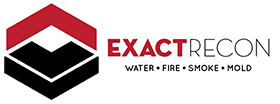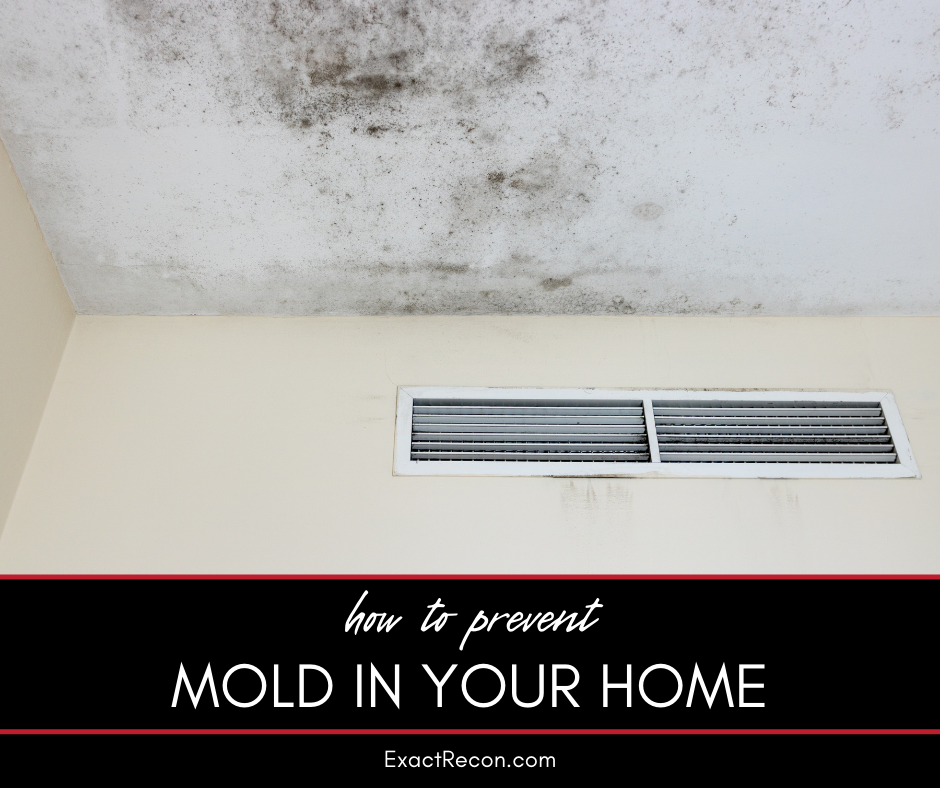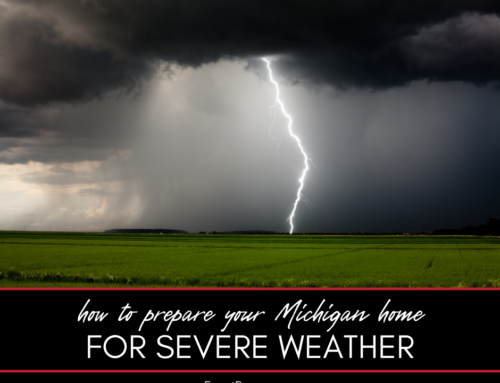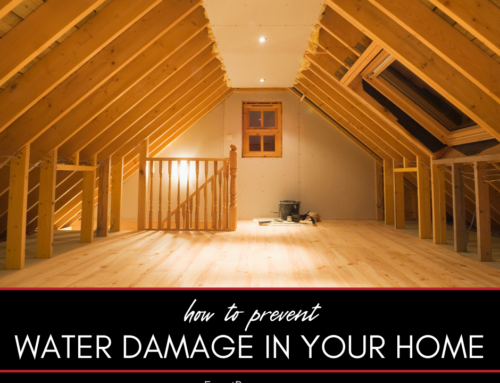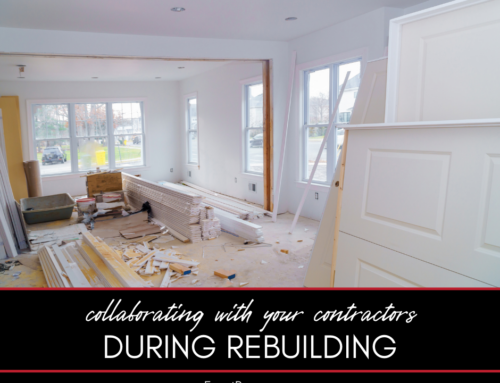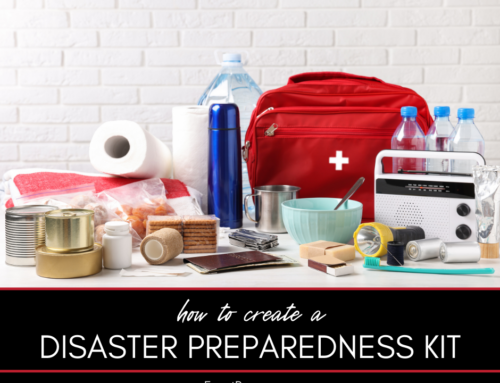When dealing with the aftermath of a disaster, the invisible intruder called mold can sneak into your home, potentially leading to a variety of health issues. The good news is, you can take steps to prevent it. In this guide, we’ll explore how to prevent mold in your home.
How to Prevent Mold in Your Home
This guide will walk you through understanding the conditions that allow mold to thrive and effective strategies to prevent mold from settling into your home. We’ll dive into these major areas:
- Understanding mold and why it grows
- Tips for controlling moisture in your home
- The role of ventilation in preventing mold
- Regular cleaning practices to keep mold at bay
- Seeking professional help for mold prevention
Here’s a closer look at each.
Understanding Mold and Why It Grows
Mold is a fungus that thrives in damp and humid environments. Learning why it grows can help you prevent it.
Mold is a fungus that reproduces through tiny spores that float in the air. These spores can survive harsh conditions and grow into new mold colonies when they find a suitable, damp place. Molds require moisture to grow, which is why they often appear in damp and humid environments.
Conditions that promote mold growth include leaky roofs or pipes, flooding, or high humidity levels in places like bathrooms, kitchens, or basements. Anything that creates moisture in your home can create a suitable environment for mold. Therefore, understanding why and where mold grows can help you prevent its occurrence or deal with it effectively if it does show up.
Related: What to do about fire damage in your home
Tips for Controlling Moisture in Your Home
Controlling moisture in your home is the most effective way to prevent mold growth. Here are some tips:
- Fix leaks promptly. Whether it’s a leak in your roof or a dripping pipe under your sink, don’t let the moisture build-up.
- Dry out wet areas immediately. Don’t let water-soaked areas in your home stay damp.
- Use dehumidifiers in particularly humid parts of your house like the basement or bathroom.
- Waterproof your basement to prevent moisture from seeping in from the outside.
The Role of Ventilation in Preventing Mold
Ventilation plays a crucial role in preventing mold. Without proper ventilation, excess moisture may build up in your home, creating a perfect breeding ground for mold.
Make sure that your bathrooms, kitchen, and laundry room are well ventilated. Use exhaust fans that vent outside your home to remove moisture. Additionally, open windows and doors when the weather permits to allow fresh air in and circulate throughout the house.
Regular Cleaning Practices to Keep Mold at Bay
Regular cleaning can help prevent mold growth. Here are a few cleaning habits that can help keep mold away:
- Clean and dry surfaces that tend to collect water, like shower walls and windows.
- Regularly check and clean your gutters.
- Clean and repair roof gutters regularly.
- Vacuum and clean your home regularly to remove potential mold spores.
- Use mold-killing products in the bathroom and kitchen, especially in areas prone to mold growth.
Related: How to identify and prevent mold growth in your home
Seeking Professional Help for Mold Prevention
In some cases, you might need the expertise of a professional to help prevent mold growth. This could be due to the size of the potential mold problem, areas of the home that are difficult to access, or a recurring mold issue that you’re struggling to control.
Professional remediation experts have the training, experience, and tools to effectively deal with mold problems. They can perform an in-depth inspection of your home, identify potential mold issues, and provide a thorough treatment plan. Their services may also include suggestions for preventing future mold growth, which can help you maintain a safe, healthy, and mold-free home.
FAQ About How to Prevent Mold in Your Home
Here are some frequently asked questions about preventing mold in your home. If you don’t see the answers you’re looking for here, please call our office. We’re here to help.
What are the most common areas for mold growth?
Common areas include basements, bathrooms, kitchens, and anywhere with high humidity or water leaks.
Can mold grow in my closet?
Yes, if your closet is damp or lacks ventilation, mold can grow there.
Related: How to prepare for Michigan’s tornado season
How can I tell if there’s mold in my home?
Signs of mold include a musty smell, visible growth, and health symptoms like coughing or sneezing.
Can I use bleach to kill mold?
While bleach can kill surface mold, it might not eliminate mold spores beneath the surface. It’s best to consult a professional.
Is mold dangerous?
Some people are more sensitive to mold than others. Mold exposure can lead to allergic reactions and respiratory issues.
Related: Why DIY mold remediation may be a bad idea
In the battle against mold, knowledge and prevention are your strongest allies. By understanding why mold grows and taking proactive measures to prevent it, you can keep your home healthy and safe. And remember, if you suspect mold growth in your home, don’t hesitate to call a professional remediation expert. We’re here to help.
Do You Need a Disaster Remediation Expert in Washtenaw County or Jackson County?
If your home has already been damaged, we can help. Check out our services and call 734-352-9183 for your free disaster remediation quote today. We offer:
